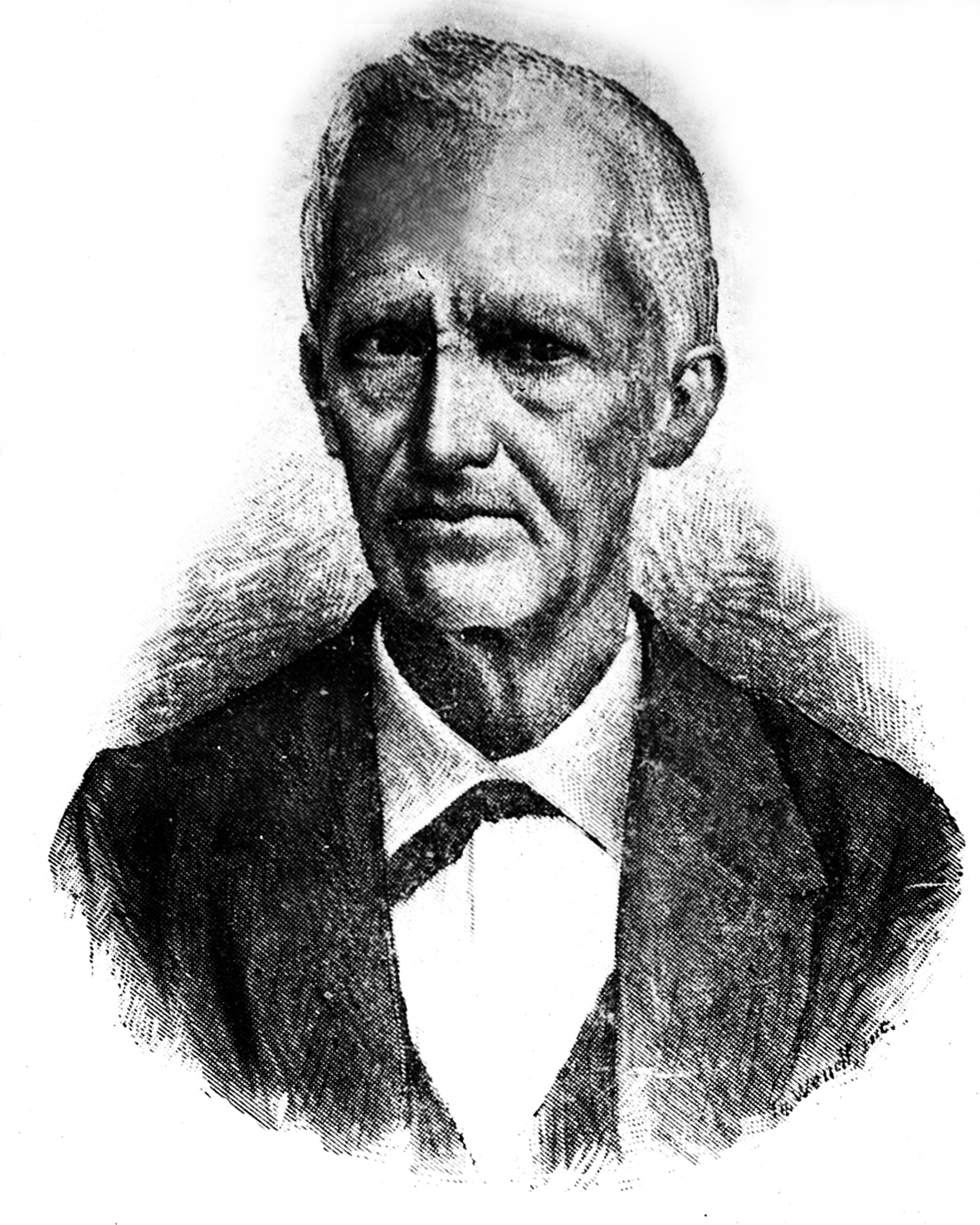“Joaquinzinho da Botica”
In an article by Jorge Alves de Lima, learn more about the history of the apothecary who helped Hercule Florence in his photochemical experiments that gave rise to the images named photography.
Por Jorge Alves de Lima*
Campinas, at the beginning of 1890, despite some cases of yellow fever, was concerned with the fate of a building owned by Joaquim Correia de Mello - nicknamed Joaquinzinho da Botica - who had died in 1877.
Joaquim Correia de Mello was born in Campinas, in 1816. In 1834, he started his pharmacy studies in Rio de Janeiro, where he graduated with distinction and honors in 1836, thanks to his talent and application. As early as 1832, while working as a pharmacy assistant, Joaquinzinho da Botica, as he was affectionately known by the population, directly cooperated with his close friend Hercules Florence, supplying him with information about the substance silver nitrate, the chemical element that was necessary for our notable Frenchman, who lived here, to create photography. Besides being a competent pharmacist, he dedicated himself to studying botany, firstly with an eye on indigenous medicinal plants, and with this, he became better known in Europe than in Brazil, by corresponding with notable European botanists. In 1868, he successfully introduced twenty-one species of plants and flowers into the charming gardens of Paris.

France was grateful and awarded him a special distinction from the renowned “Société Imperiale and Centrale D’Horticulture de France”.
In that same year, 1868, he received from the Russian Imperial Government a silver medal for services rendered to the St. Petersburg garden. The following year, in 1869, Joaquim Correia de Mello was acknowledged abroad by his election, through direct vote, as a foreign member of the Royal Society of Botanics, in Edinburgh. However, the recognition of the world scientific community to our “Quinzinho da Botica” did not stop there. In 1870, he was elected a foreign member of the respected institution “British Pharmaceutical Conference”.
Joaquim Correia de Mello, better known abroad than in Brazil, had in his noble character the beauty of a humble and modest nature. In his last years of life, through the personal efforts of Dr. Francisco Rangel Pestana, then director of the newspaper A Província de São Paulo (now O Estado de S. Paulo), he started to publish, in the scientific section, about his research conducted in Europe.
The building that had belonged to Joaquim Correia de Mello became home to a school located on Rua Bernardino de Campos, almost on the corner of the Praça Correia de Mello, at the Mercado Central plaza. At the height of the yellow fever epidemic, in 1889, the school building was transformed into an infirmary to accommodate the patients of the Deadly Serpent.
The Diário de Campinas, in its January 8, 1890 edition, published that Joaquim Correia de Mello, a man of science, illustrated and modest, a botanist who had so greatly contributed to making the Brazilian flora known in Europe, unexpectedly died. Campinas, deeply saddened, lamented the loss of its beloved son.
Joaquim Correia de Mello’s admirers, soon after his death, intended to erect a monument to perpetuate his memory and the town's public gratitude. However, the initiators of the idea understood, with great discernment, that the best way to honor Correia de Mello would be to open a school for the townspeople's children. The idea was very well accepted, and within a short time, the school came into being. An association was founded, which took on the commitment of teaching the classes. The association's leader, Colonel Joaquim Quirino, for as long as he lived, supported the school's operation for many years. After that, the association decided to hand over the building to the City Council, on the condition that it would keep the popular school there.
The school building was demolished in the 1980s. Currently, a tower has been erected on this same location on Bernardino de Campos Street.
On this sacred ground in Campinas, in front of Correia de Mello Square (where a bus terminal is located today), the school educated several generations of illustrious men, among whom, distinguished readers of the Correio Popular, professor Rubem Costa, a distinguished educator, illustrious lawyer, writer and journalist, and our fellow member of the Academia Campinense de Letras.
The Correia de Mello School still exists today, and is an elementary school unit of the municipal school system of Campinas, located at Rua Coaciara nº 600, in Dom Pedro II Park.
The dream of Joaquim Correia de Mello and his loyal friend Colonel Joaquim Quirino dos Santos prevailed in the course of time!
Campinas perpetuated the name of Colonel Joaquim Quirino dos Santos by giving his name to the main street in the elegant neighborhood of Cambuí: Rua Coronel Quirino!
* Jorge Alves de Lima is a historian, writer and the President of the Academia Campinense de Letras
